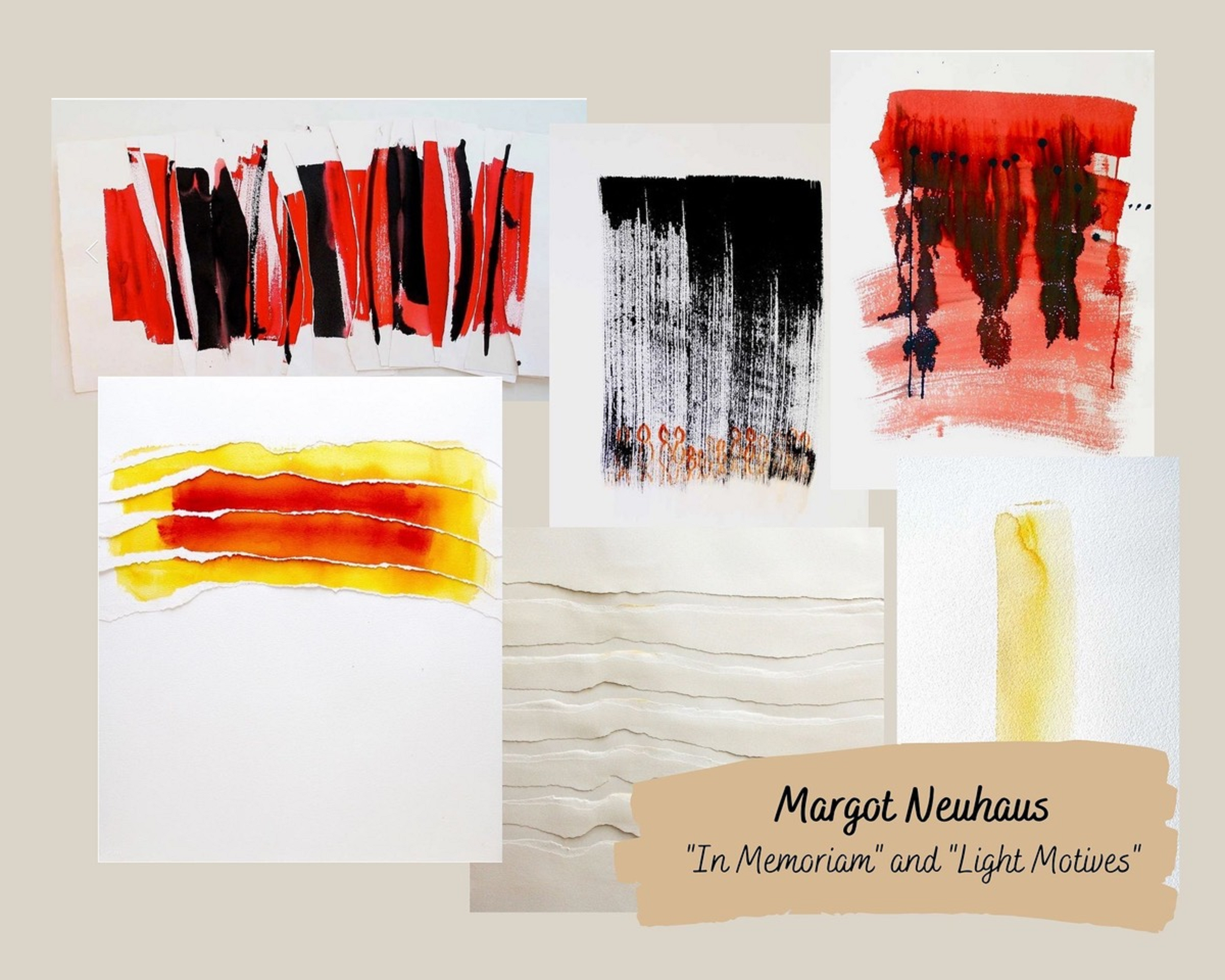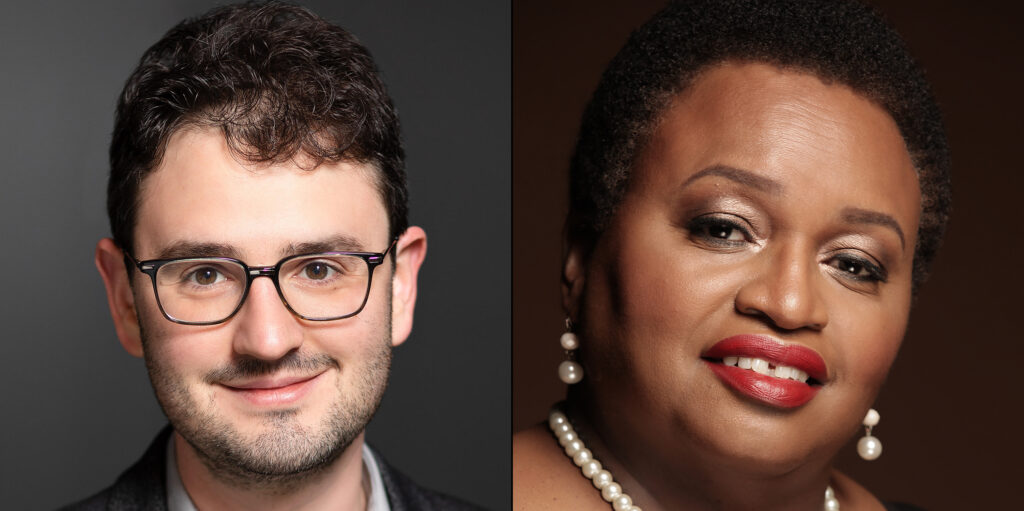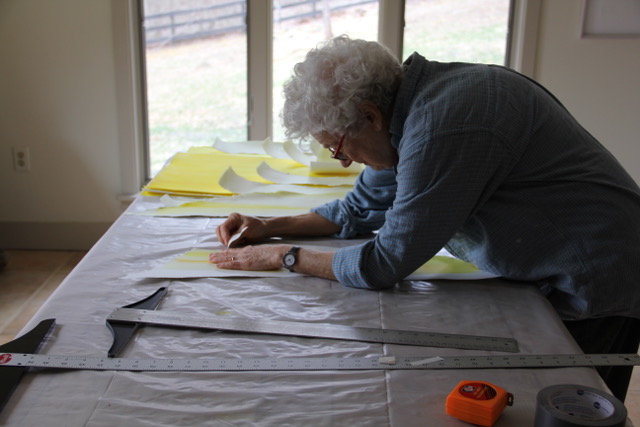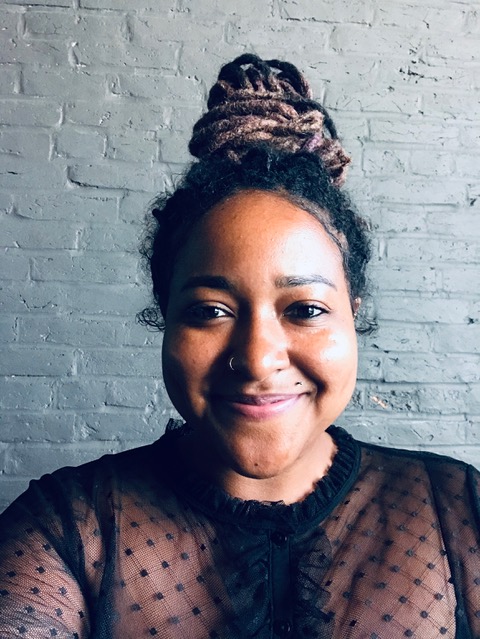Two UMBC projects have taken flight this spring, designed to support the academic, creative, and social success of Baltimore City students through arts opportunities. Both projects are funded through the UMBC-Charlesmead Initiative for Arts Education, which was established in 2018 with a $500,000, five-year gift from the Charlesmead Foundation.
The partnership is designed to introduce or strengthen arts opportunities for K-8 students in Baltimore City Public Schools , especially those in Title I schools. The Charlesmead Foundation, which was established in 1987 and is based in Baltimore, primarily supports the arts, cultural programs, and education.
Music in Sandtown-Winchester
Daniel Pesca and Janice Jackson in the department of music have joined forces with the Carter School of Music at New Shiloh Baptist Church and the William Knabe Piano Institute to offer after-school and summer music classes to youth in the Sandtown-Winchester community. The New Shiloh Baptist Church is recognized as a key community and spiritual hub in its neighborhood. The non-profit Knabe Institute raises awareness of the cultural significance of the piano, and produces a major young artist piano competition that is held annually at UMBC.
The Charlesmead grant to Pesca and Jackson fully funds the musical education of ten students between the ages of 8 and 14 who face obstacles to music study. The participating students receive instruction in piano and choral music for two academic years and two summers, taught by Chinny Ohia, a member of the Carter School faculty for over twenty years and chair of music at Howard University, and UMBC alumnus and pianist Riccardo Jefferson ’20, music. The summer instruction will be hosted in part by UMBC’s Summer Enrichment Academy.
The Carter School hired Jefferson specifically to teach students in this cohort. This strengthens the connection between the school and UMBC, while providing Jefferson with an exceptional opportunity to launch his career as a professional musician and music educator. “These young musicians were brave enough to start their musical journey during a pandemic,” says Jefferson. “Somehow, someway, they’re moving through it, and it inspires me to match their determination in the classroom and in my own life.”
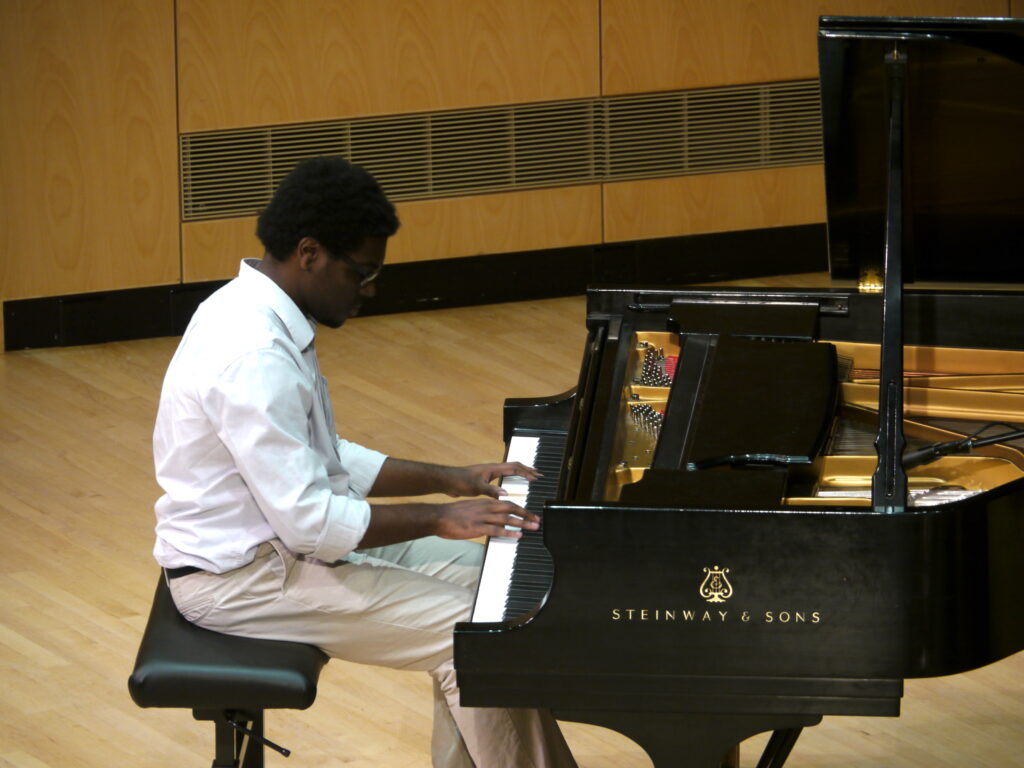
Success despite challenges
The project faced and overcame significant challenges during the current academic year. A major initial expense was the purchase of ten high-quality keyboards for use at home by students. Members of the faculty and staff of the Carter School spent two days delivering the large keyboards and assembling them in the students’ homes.
Once instruction began, some students faced challenges accessing reliable internet connections, which required that they and their instructors be flexible and adjust their lesson schedules when necessary.
Plus, “each student started as an absolute beginner who had no previous experience with the piano or with reading music,” explains Pesca. “Learning to make music brings the students joy and uplift during these times of isolation, and some have shared that the one-on-one contact with their instructors is a high point in their week. Eight out of ten students stayed fully engaged in the program and achieved significant musical growth over the semester, an outstanding outcome under such trying circumstances.”
The pandemic continues to make it challenging for the organizers to fully implement the program as they initially envisioned. Pesca had hoped to bring the students to campus for UMBC’s 2021 Summer Enrichment Academy, but that program will be online due to health and safety guidelines. Similarly, the Knabe Institute’s activities are likely to take place remotely as well.
However, the organizers hope to incorporate in-person learning at both UMBC and the Knabe Institute for the program’s 2021-2022 academic year, providing students with an even more enriching experience.
Kultur Stories
Shriver Center Director Michele Wolff is working with Gail Prensky, founder of the Jüdische Kulturbund Project (Jewish Kulturbund), to bring its Kultur Stories Program to UMBC. Wolff and Prensky are collaborating with local and international theatre, visual arts, and digital storytelling educators, artists, and community leaders. Together, they are gathering girls from City Springs Elementary/Middle School in Baltimore City, Aktörerna school in Sweden, and Promised Land Secondary School in South Sudan to participate in a virtual digital storytelling experience.
Kultur Stories explores issues of oppression and response through music and art. The Project’s mission is to connect people through shared experiences, inspire a response to persecution through cultural expression, and encourage freedom of expression and culture. This mission spoke to the work Wolff carries out through the Shriver Center.
“Kulture Stories aligns seamlessly with our commitment to racial equity, inclusion, and social justice,” shares Wolff. “This collaboration gives us the opportunity to extend beyond our current network of partners to engage and give voice to more young people in schools in Baltimore City and in countries around the world.”
Grappling with oppression through art
Jewish Kulturbund works with artists and communities around the world to explore the themes of oppression, the arts, and human rights through a variety of media. These initiatives honor the story and legacy of Jüdische Kulturbund artists who performed across Germany between 1933 and 1941, before being forced into Nazi concentration camps. The organization recalls their performances as a reminder of the complex questions and danger artists must grapple with under oppressive situations.
With this purpose in mind, the design team developed an 8-week collaborative Kultur Stories Program among young girls in the United States, Sweden, and South Sudan. Pods of around 10 girls from each country are connecting virtually to learn about each other. They are reflecting on the impact of the pandemic on themselves and their communities and the oppression it has caused. They are also creating art and joining in discussions about human rights, and participating in mentoring sessions.
The students began meeting this spring. In one session, Margot Neuhaus, a visual artist based in Washington D.C., was invited to give a virtual presentation. She discussed how her art process has provided a way for her to express her pain and healing in relation to her family surviving the Holocaust in Poland and their fleeing to Mexico, where Neuhaus was born.
The presentation initiated a profound conversation about oppression across borders and time. The students from South Sudan related to the persecution and displacement that Neuhaus described. And the Swedish students found it impactful as well. “That session was so powerful for my group of students,” shares Jok Abraham Thon, founder and director of the Aktörerna School. “They spoke about differences in language, skin color, and religion being issues that separate and cause issues of hatred.”
Connecting through digital stories
Shekinah Davis, co-facilitator of the Charlesmead Initiative for Arts Education at UMBC, serves as a teacher’s assistant in the project. Davis, M.A. ‘21, intercultural communication, supports lead teachers in communication strategies and helps manage the flow of the virtual pods. As a Shriver Center Peaceworker Fellow, she brings experience working with international and local communities.
“I was drawn to participate in the project to gain a perspective of how to guide young people through a virtual creative process,” explains Davis. “I hope to gain a deeper understanding of virtual collaborative art-making, especially to help express experiences about the impact of the pandemic and oppression.”
The K-8 students are also connecting with interns from UMBC, Montgomery College, and Baltimore Polytechnic Institute, a high school in Baltimore City. These interns are guiding the girls in using storytelling and digital art production to express their personal reactions to oppression and how to embrace freedom.
The digital storytelling tools are bringing together students who would otherwise not be able to meet. They are also expanding the students’ opportunities to make digital art, beyond what is available in their everyday school experiences.
Design intern Joyce Koo ‘24, graphic design, is inspired by the Judische Kulturbund Project. She sees it as an important step in her education and career. In addition to assisting with a teaching pod, she is creating graphics and other visuals for the project’s social media outreach. “I hope to connect to and grow in a global community of both experienced and rising artists,” shares Koo.
Banner image: “In Memoriam” and “Light Motives” by Margot Neuhaus. Photo courtesy of Michele Wolff.
This article was co-authored with UMBC’s Thomas Moore, director of arts and culture.
Tags: CAHSS, diversityandinclusion, GraduateSchool, International Stories, MLLI, Music, ShriverCenter, VisualArts

